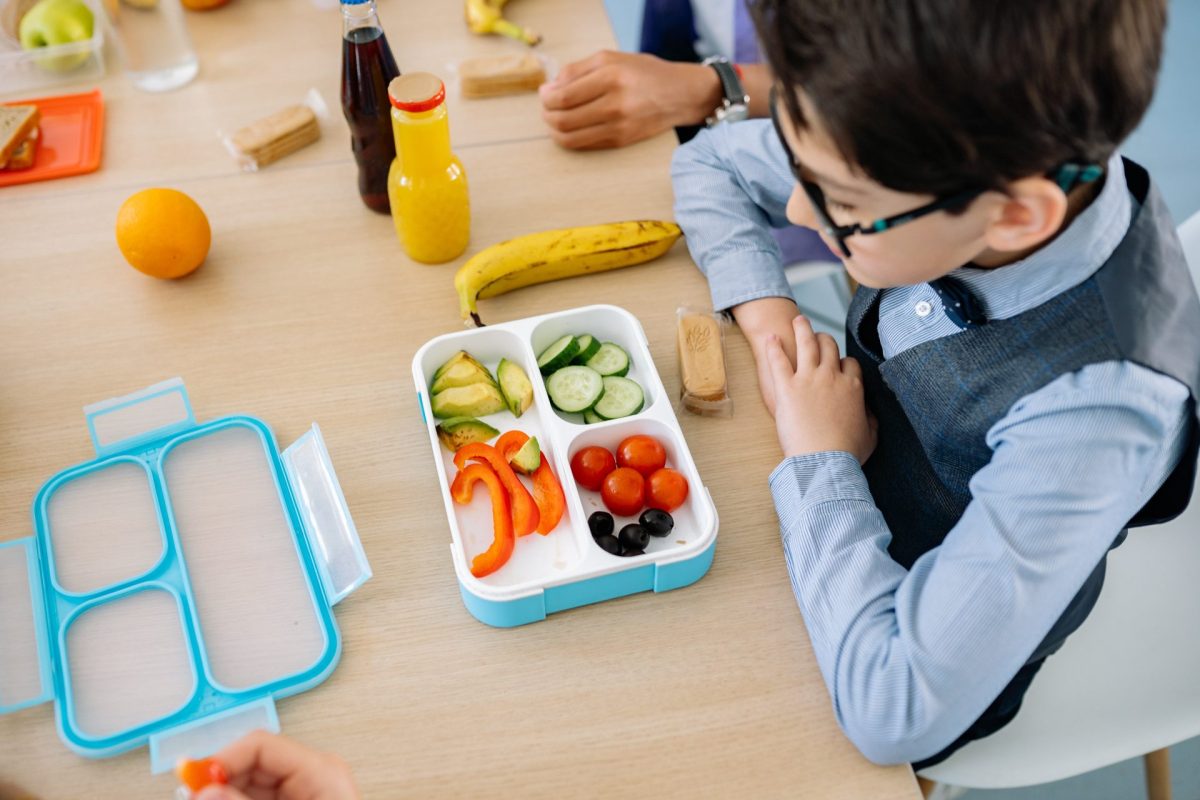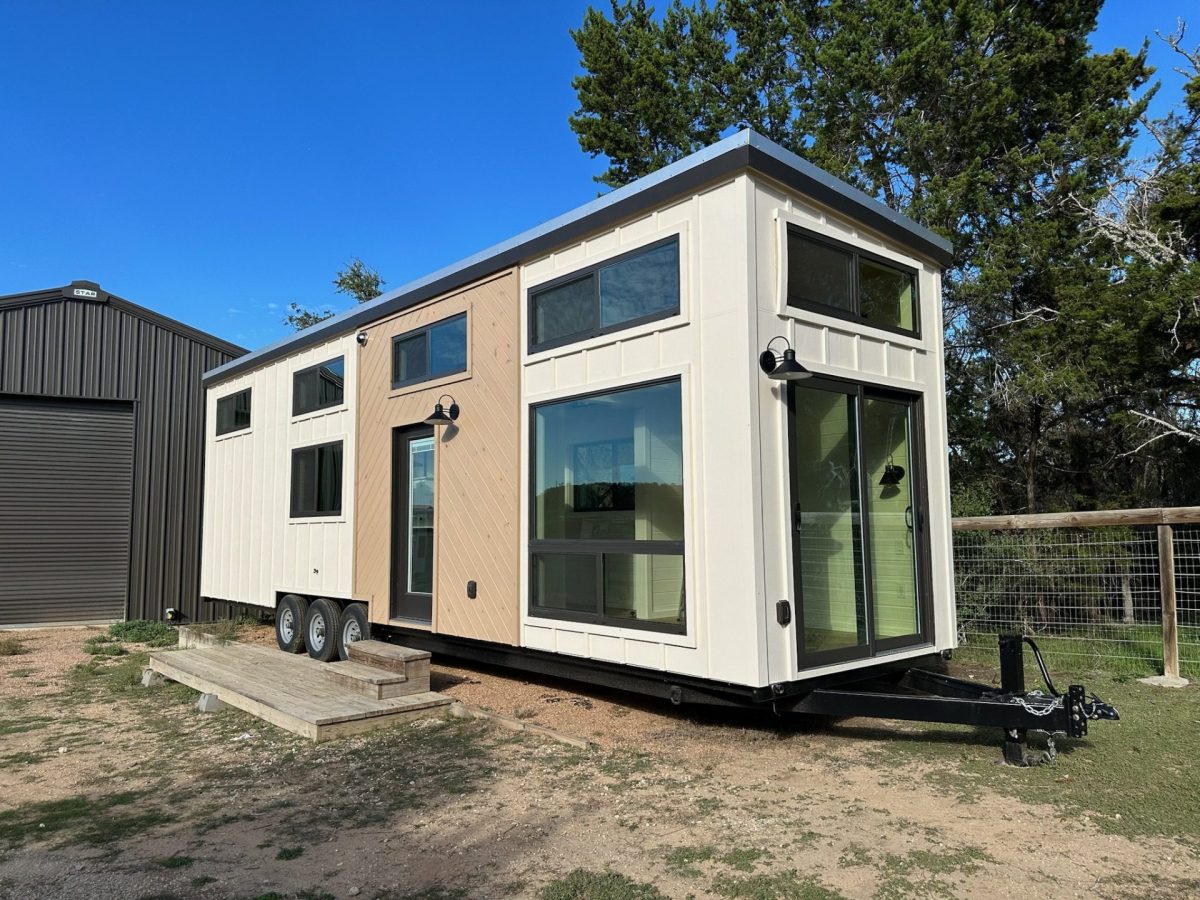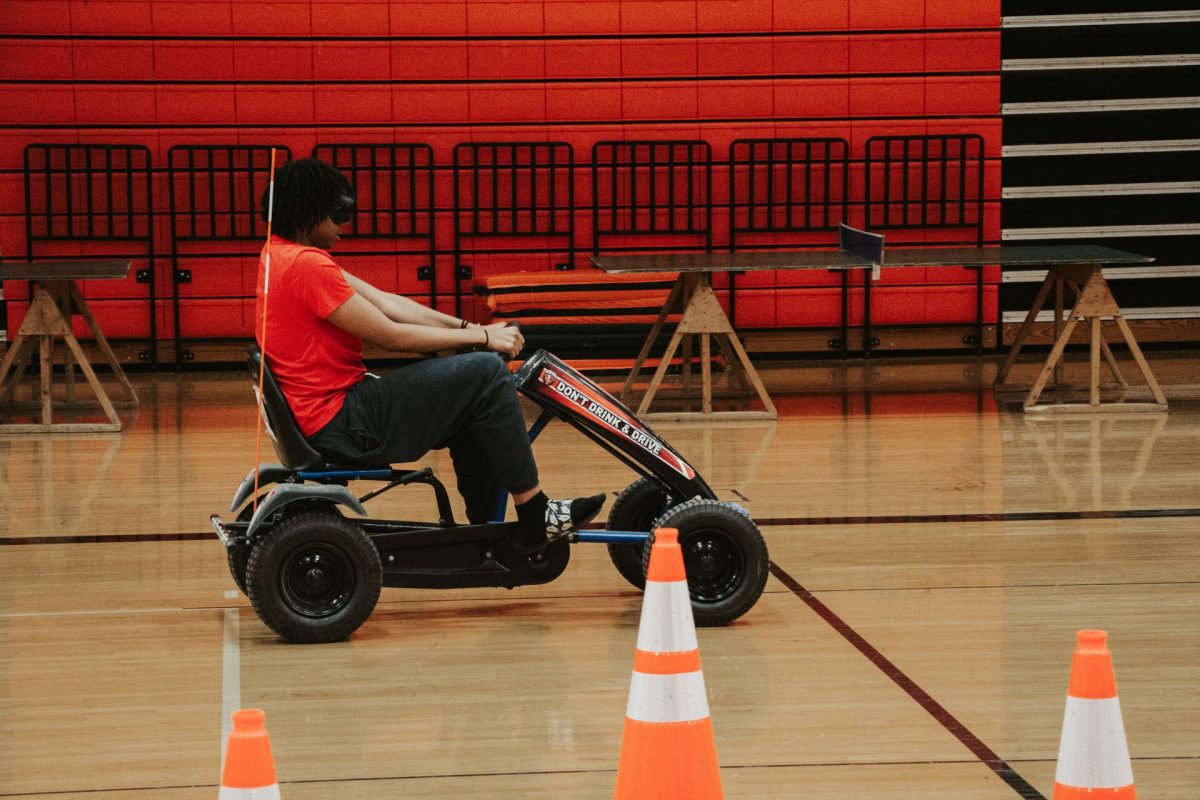School lunches. They’re a required part of the school routine here in the US, but they weren’t always a common part of the day. When did they start and what were they like in the past?
Going back to the 19th century, a lot of kids didn’t get formal education at a school. Those that did, where they ate depended on a few different factors. During that time, the mid-day meal was the biggest and most important of the day, so schoolchildren were given a break to eat. If children lived close to the school, they were allowed to go home and eat. If they lived further away, they could eat a packed lunch from home. At boarding schools, students ate school-served meals in dining halls.
The idea of a cafeteria first came about in the workplace. In the mid-to-late 1800s, people started working in factories further from home and didn’t have enough time to return home during their allotted lunch break. The Exchanged Buffet, which opened in New York in the 1880s, was the first place to cater specifically to workers. It offered quick and budget-friendly self-serve style dining. The public school lunch system was modeled after this.
The first major school lunch programs were in Boston and Philadelphia in 1894. Philadelphia served what were called “penny lunches,” which eventually got added to eight more schools in the city. In Boston, the Women’s Educational and Industrial Union started preparing and serving meals to high schoolers from a centrally-located kitchen. In 1910, Boston Home Ec. classes started serving lunches to elementary schoolers three days a week.
Throughout the first couple of decades of the 20th century, many schools in multiple cities had implemented school lunch programs. However, these programs were hit hard during the Great Depression. President FDR’s New Deal remedied this a little bit, but it didn’t last long.
During WWII, as food had to be rationed, the availability of school lunches was declining and malnutrition in kids was increasing. As a result, President Truman signed the National School Lunch Act on June 4th, 1946.
Two decades later, in 1966, President Lyndon Johnson signed the Child Nutrition Act, which also included the School Breakfast Program. President Johnson saw a need, claiming that “good nutrition is essential to good learning.” Many similar acts followed, including the Special Milk Program and Summer Food Service Program.
Between budget cuts and low nutritional standards, the 1970s-1990s were not the best for students’ health. Fast food chains and processed food companies were included in the options, and childhood obesity rates skyrocketed.
In the 2000s and 2010s, school lunches became much healthier and have turned into what we are familiar with today.
School lunches have definitely gone through a lot of changes since their origins way back in the 19th century. I think everyone can agree, though, that the benefits of them – on students’ health and ability to learn – are great.








